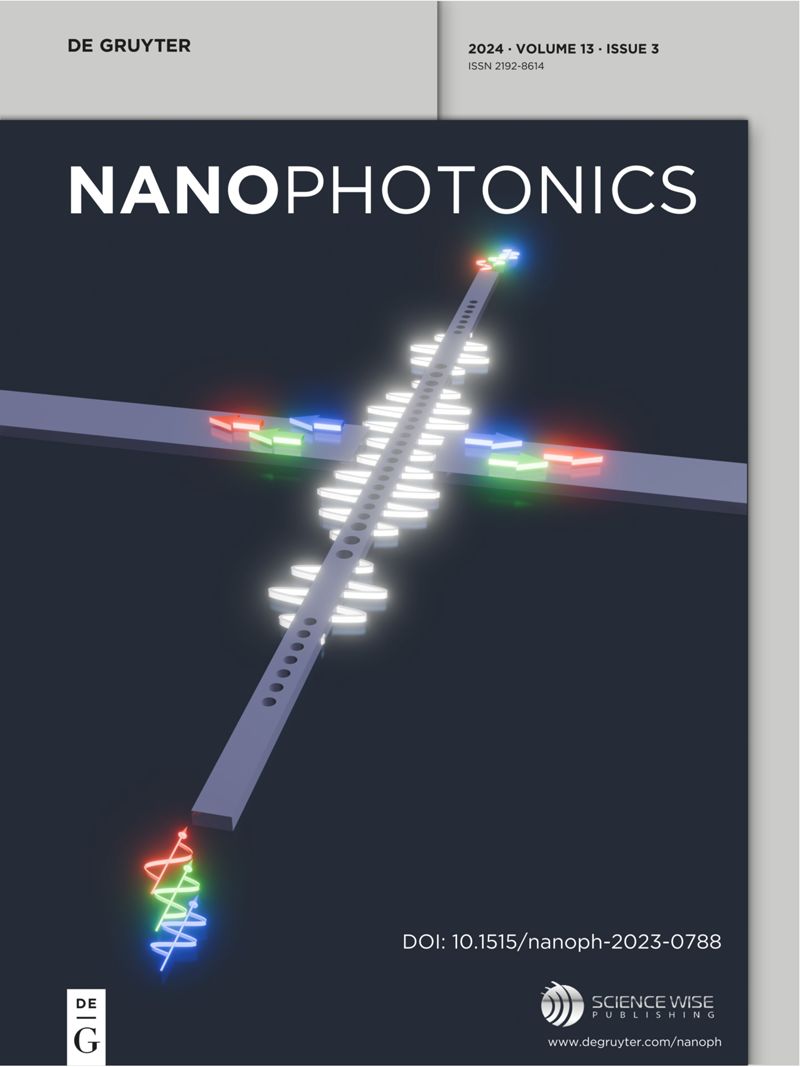Metasurface-enabled optical encryption and steganography with enhanced information security
IF 6.5
2区 物理与天体物理
Q1 MATERIALS SCIENCE, MULTIDISCIPLINARY
引用次数: 0
Abstract
Metasurfaces have attracted considerable interest in optical encryption due to their remarkable ability to manipulate light at subwavelength scales, however the aspect of encryption security remains an area requiring deeper exploration. Here, we propose and demonstrate metasurface-enabled optical encryption and steganography that provides dual-layer information protection. A secret information is embedded within multiple carrier images using a run-length encoding algorithm, dispersing the data to safeguard it against direct observation and brute-force attacks, thereby establishing the first layer of security. The second layer is achieved by encoding the multiple carrier images onto a silicon metasurface, leveraging light wavelength and polarization to generate diverse optical keys post-steganography. To validate the proposed scheme, several silicon metasurface samples are fabricated and characterized in the visible spectrum. By adjusting various combinations of optical keys, three encrypted carrier images are retrieved with high fidelity and negligible crosstalk, and the concealed secret information is successfully extracted through a corresponding decryption algorithm. The proposed approach enhances optical information security at the hardware level, making it less susceptible to leakage. It is anticipated that the demonstrated advancement will hold significant potential for applications in information security and optical anti-counterfeiting.求助全文
约1分钟内获得全文
求助全文
来源期刊

Nanophotonics
NANOSCIENCE & NANOTECHNOLOGY-MATERIALS SCIENCE, MULTIDISCIPLINARY
CiteScore
13.50
自引率
6.70%
发文量
358
审稿时长
7 weeks
期刊介绍:
Nanophotonics, published in collaboration with Sciencewise, is a prestigious journal that showcases recent international research results, notable advancements in the field, and innovative applications. It is regarded as one of the leading publications in the realm of nanophotonics and encompasses a range of article types including research articles, selectively invited reviews, letters, and perspectives.
The journal specifically delves into the study of photon interaction with nano-structures, such as carbon nano-tubes, nano metal particles, nano crystals, semiconductor nano dots, photonic crystals, tissue, and DNA. It offers comprehensive coverage of the most up-to-date discoveries, making it an essential resource for physicists, engineers, and material scientists.
 求助内容:
求助内容: 应助结果提醒方式:
应助结果提醒方式:


